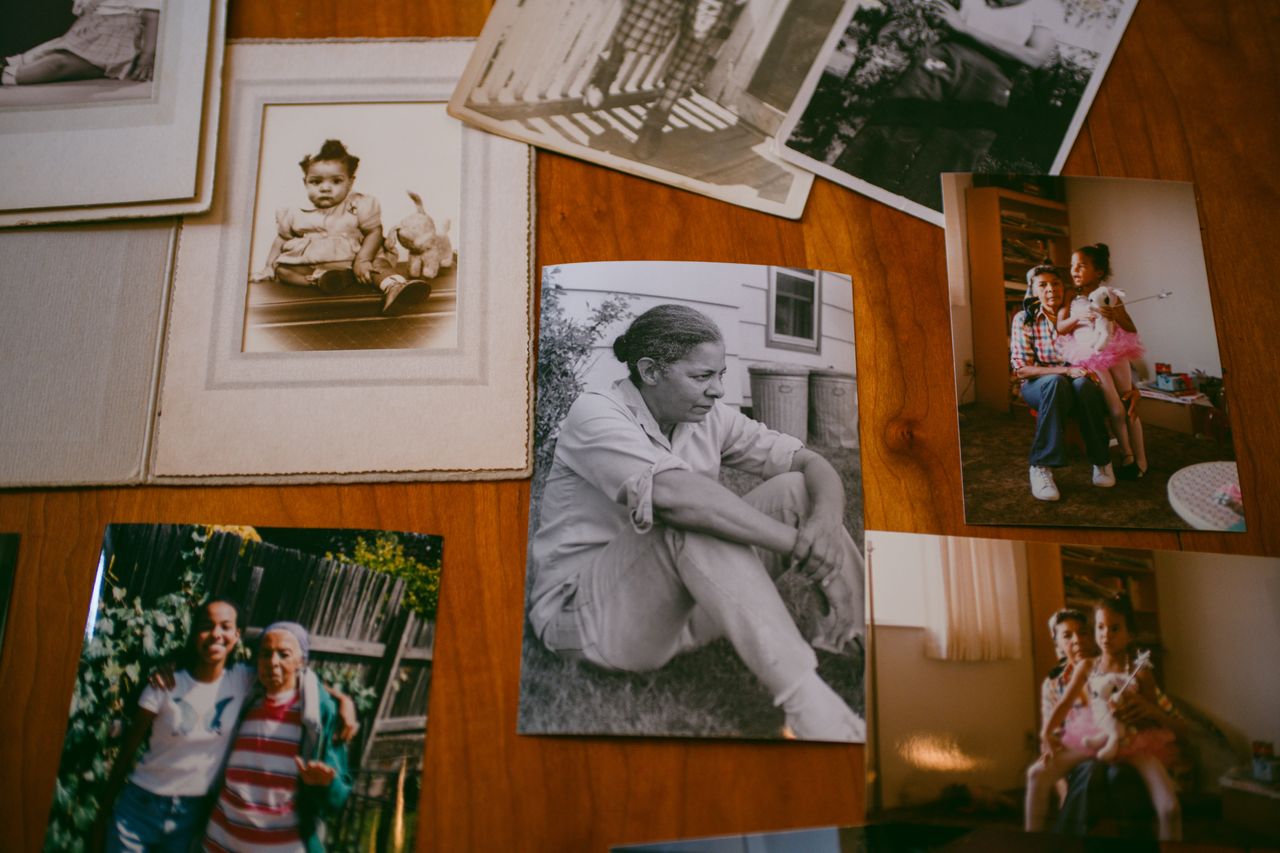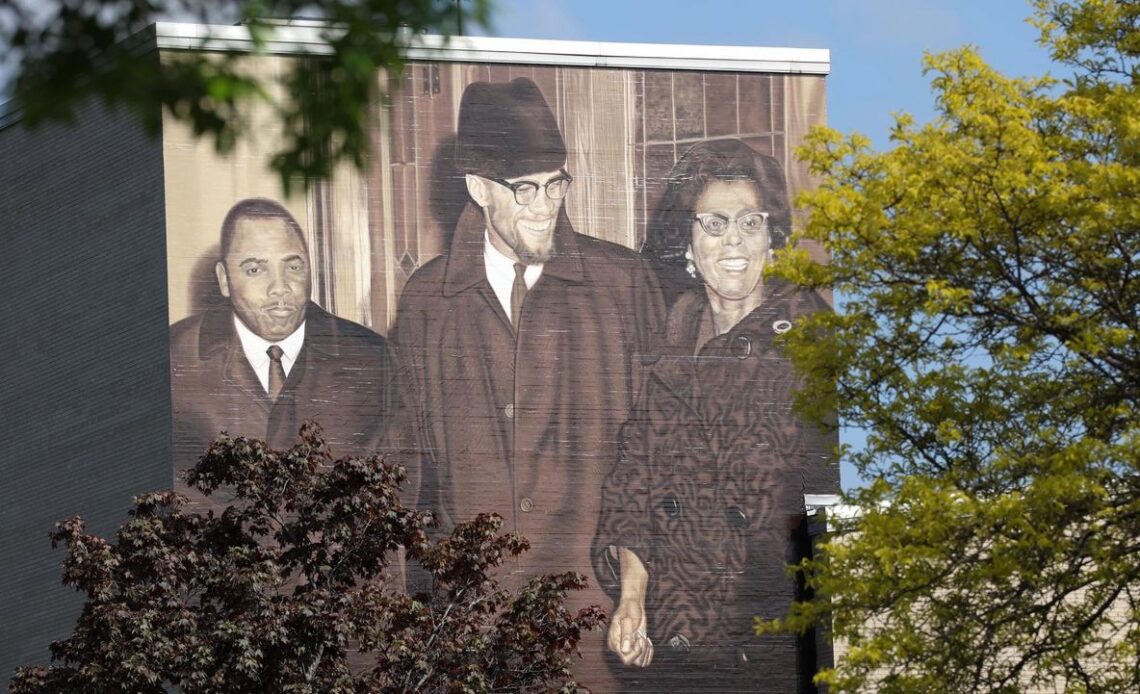Doris Price stares out from the 1965 photograph like a dare. It’s as if she already knows you’re going to forget her, despite her years of activism and the fact that she’s standing with Malcolm X at what would be his last public speech.
In reproductions of the iconic photograph, Price is shaved off the end, even though she helped to coordinate the civil rights leader’s Feb. 16 appearance at the Corn Hill Methodist Church in Rochester, New York — just five days before he was assassinated.
When the photograph including Doris Price was immortalized in paint in a 2022 mural in downtown Rochester, the other local civil rights leaders in the image — Constance Mitchell and Minister Franklin Florence — were included, but Price was left out. Ironically, the piece of public art is titled “Hidden Figures,” even as it obscures the people it’s meant to commemorate.
They say a picture is worth a thousand words, but what about the stories images don’t tell?
“This is often what happens in history,” said Dave McCleary, publisher of the online news outlet The Minority Reporter, which has as its mission to amplify lesser-known achievements. “Everyone knows Rosa Parks, but no one knows about Claudette Colvin,” McCleary continued, referring to the 15-year-old activist who was arrested nine months prior to Parks for not giving up her seat to a white woman on a crowded bus.
There are surface explanations behind Price’s omission: She’s a lesser-known figure, she’s not smiling, she’s dressed differently from everyone else in the photograph. But there are also deeper — and darker — reasons, ones that speak to power and fear.

Marissa Leshnov for HuffPost
A Fiery Advocate
In all the exquisite ways high school can get people wrong, the 1935 yearbook from Doris Price’s graduating class in Red Bank, New Jersey, may have made the biggest mistake: “Silent as the day is long,” reads the description next to her gently smiling face.
As an outspoken activist for civil rights, Price would later become known for just the opposite: her ferociousness.
Born and raised in New Jersey, a place she called “Little Georgia,” Price was one of 14 children, only two of whom were born in a hospital. She often didn’t smile because she was embarrassed by the…
Click Here to Read the Full Original Article at Culture & Arts…

